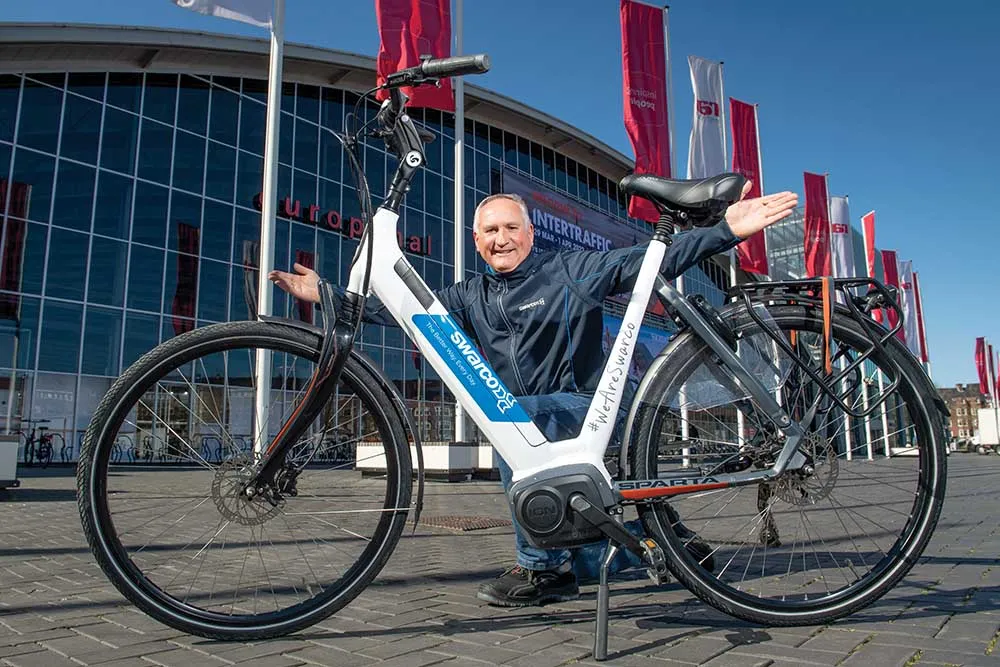The company believes the time has come to consider city mobility as a truly global topic, integrating mobility across all transport means and stakeholders, and considering end-to-end mobility of citizens as an objective. To get that message across, Kapsch will stage a live demonstration of how Kapsch can connect Mobility-as-a-Service (MaaS)to the entire ITS landscape, and merge real-time traffic, parking, and connected vehicle data into mobility applications at your fingertips.
Kapsch says that with its new tolling game-changer it is going smaller and smarter on highways, too. The company has equipped its innovative single gantry with new sensors to combine the functionality of video detection, a classification system, ANPR front/rear cameras and illumination. All of this is hosted in one package with a very small footprint and overall weight, which also reduces the cost of ownership considerably. For video tolling, this is all that is needed: for a DSRC installation, just add the transceiver antenna.
Tunnels are a very vulnerable point of any roadway system so Kapsch is inviting visitors to stop by and learn more about its scalable, integrated traffic and operations management solution. This system has been selected by
Stand: 11.103









